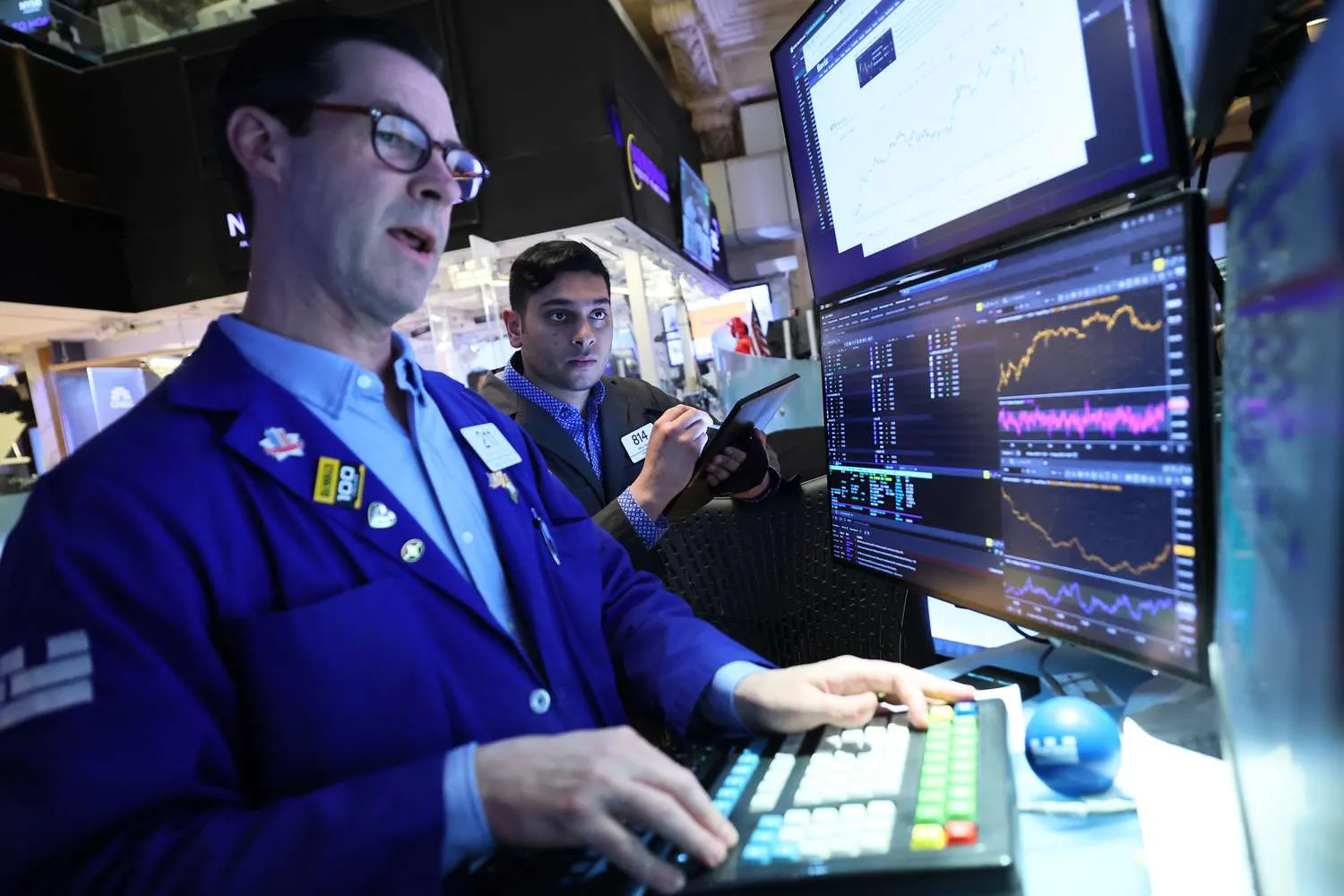The carry trade is making a strong comeback among emerging-market investors, fueled by expectations that the Federal Reserve will begin cutting interest rates next month. A softer dollar and easing market volatility are encouraging traders to seek higher returns in high-yielding currencies.
Major money managers, including Neuberger Berman Group LLC and Aberdeen Group Plc, are increasing their exposure to currencies from Brazil, South Africa, and Egypt. The strategy borrowing in low-yielding currencies to invest in those offering higher yields is once again gaining appeal.
After delivering double-digit gains earlier this year, carry trades paused in July as the dollar briefly strengthened. Now, momentum has returned following a weaker-than-expected U.S. jobs report, which spurred speculation that the Fed will cut rates to stave off recession risks. Firms from DoubleLine to UBS have joined the growing list of bearish voices on the dollar, with many saying the negative outlook for the greenback is “back in play.”
“The risk of a major dollar resurgence is probably quite limited, and global growth still looks relatively stable,” said Gorky Urquieta, co-head of emerging-market debt at Neuberger Berman. He favors positions in South Africa, Turkey, Brazil, Colombia, Indonesia, and South Korea.
Donald Trump’s unpredictable trade and tariff policies have pushed investors to diversify away from U.S. holdings, contributing to the U.S. Dollar Index’s weakest first-half performance since the 1970s.
After a decade of U.S. market dominance, capital is once again flowing into emerging-market assets following three years of outflows. Global funds specializing in developing-world debt have enjoyed inflows every week for the past four months, drawing $1.7 billion in the week ending August 6, according to Bank of America data from EPFR.
An index tracking local-currency bonds in emerging markets has returned more than 12% this year, with 18 of 23 major EM currencies strengthening against the dollar. The demand is so strong that the gap between expected volatility for EM currencies versus their Group-of-10 counterparts is near a 12-year high signaling calmer conditions for developing-market FX.
Hawkish stances from several emerging-market central banks are adding fuel to the carry trade’s appeal. In recent weeks, Colombia surprised markets by keeping rates steady at 9.25%, India opted to hold rates, and Brazil with one of the world’s highest benchmark rates at 15% pledged caution after being hit with a 50% U.S. trade tariff.
“Carry is a big part of the story,” said Kieran Curtis, head of emerging-market local currency debt at Aberdeen. “The Brazilian real remains one of our top picks, purely on yield.”
Leveraged funds have also boosted bullish bets on the Mexican peso to their highest level in nearly a year, Commodity Futures Trading Commission data show. The move followed Mexico’s central bank decision to slow the pace of rate cuts.
Lower global volatility has left low-yielding Asian currencies struggling. data shows Asian FX carries an average return of negative 1.1%, meaning the cost of holding them outweighs the potential gains over the dollar. By contrast, Latin American currencies average a positive 3.7% carry, while European and African currencies average 1.1%.
“In a risk-on environment, high-carry trades tend to perform better,” said Gustavo Medeiros, head of research at Ashmore Group. “Asia’s higher-yield markets like Indonesia and India could benefit, but Latin America still looks better positioned overall.”
The Bloomberg Cumulative FX Carry Trade Index tracking eight EM currencies against the dollar — has returned more than 10% this year. Some investors, however, are trimming risk to secure profits amid concerns that Trump’s tariffs could slow growth and push up U.S. inflation.
Several key events in the coming days including U.S. inflation data and potential developments in Russia-Ukraine peace talks could inject fresh volatility into global markets.
For now, though, many strategists believe the carry trade rally has room to run. JPMorgan on Tuesday upgraded emerging-market currencies and local debt to “overweight,” citing the resumption of the weaker-dollar trend after a brief pause last month.
“If you’re comfortable with the FX outlook not necessarily betting on a continued rally, but confident we won’t see a sharp dollar rebound — then these trades still look very attractive,” Urquieta said.

Subscribe to our newsletter!
As a leading independent research provider, TradeAlgo keeps you connected from anywhere.








